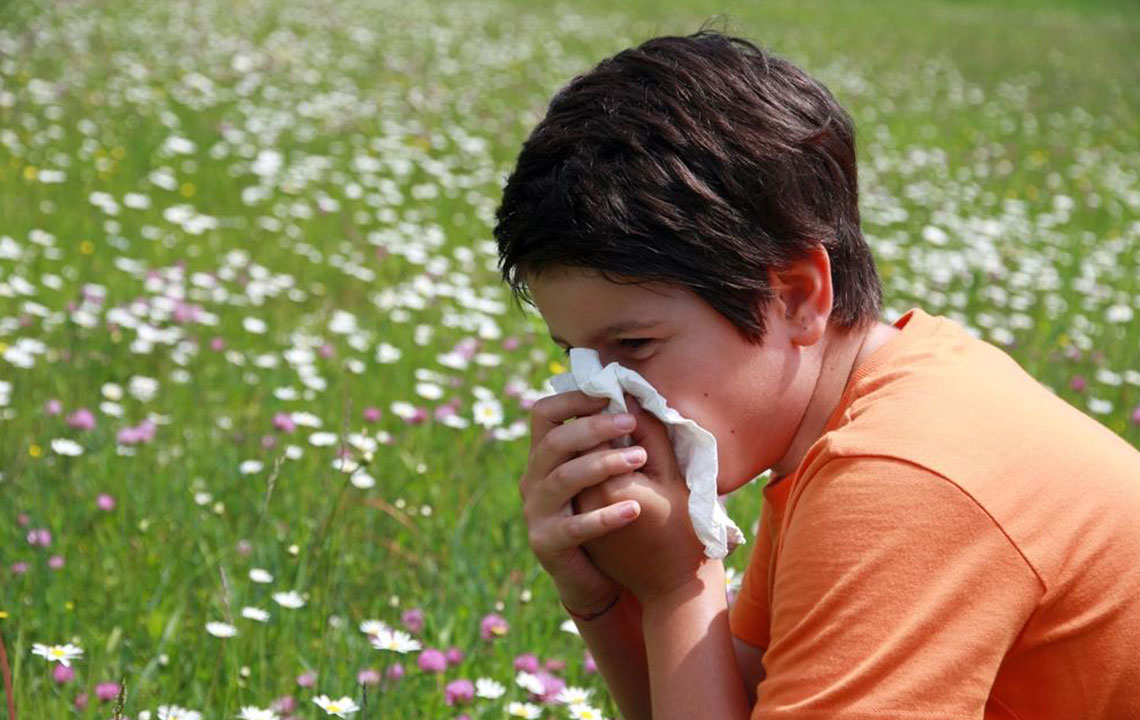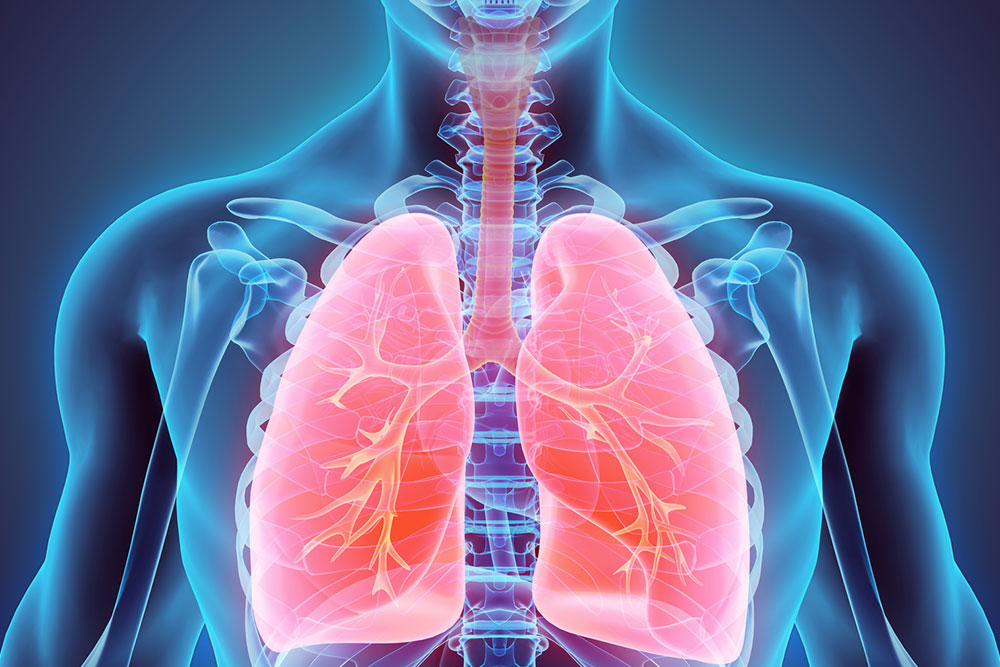Comprehensive Guide to Lung Diseases: Causes, Risks, and Prevention Strategies
This detailed article provides an in-depth understanding of lung diseases, including their causes, risk factors, symptoms, and treatment options. It emphasizes the importance of early detection and preventive measures to reduce the burden of lung illnesses. Covering occupational hazards, genetic factors, and malignant conditions like lung cancer, the guide aims to enhance awareness and promote lung health.

Understanding Lung Diseases in Detail
Lung diseases encompass a wide range of health conditions that can significantly impact quality of life and, in severe cases, pose a threat to life. These illnesses often develop silently, making early detection crucial for effective treatment. From genetic disorders to environmental exposures, multiple factors contribute to the development of pulmonary conditions. This comprehensive guide will explore the most common lung diseases, their causes, risk factors, symptoms, and available treatment options, providing valuable insights to help individuals recognize early warning signs and seek appropriate medical care.
One of the primary causes of lung diseases is occupational exposure to hazardous airborne particles. Workers exposed to substances such as coal dust, asbestos fibers, and silica are at increased risk of developing serious pulmonary conditions. For instance, inhaling coal dust over extended periods can lead to coal worker's pneumoconiosis, commonly known as black lung disease. Similarly, asbestos exposure is notorious for causing asbestosis and increases the risk of malignant mesothelioma. Chronic inhalation of silica particles can result in silicosis, characterized by inflammation and scarring of lung tissue, ultimately impairing respiratory function.
Occupational hazards are just one aspect; environmental pollution also plays a significant role in lung health deterioration. Exposure to air pollutants, vehicle emissions, and industrial smog can precipitate or aggravate chronic respiratory problems such as asthma and chronic obstructive pulmonary disease (COPD). Urban pollution introduces fine particulate matter and harmful gases into the respiratory system, leading to inflammation and increased susceptibility to infections. Protecting oneself from environmental pollutants by wearing masks, using air purifiers indoors, and avoiding high-pollution areas can reduce risks significantly.
Genetic factors are another major contributor to lung diseases. One prominent genetic disorder is cystic fibrosis, which affects the quantity and viscosity of mucus secreted by the lungs and other organs. This hereditary condition stems from mutations in the CFTR gene, resulting in defective chloride channels. The abnormal mucus clogs the airways, harboring bacteria and causing recurrent infections, lung damage, and a decline in lung function over time. Advances in genetic research are paving the way for targeted therapies, including CFTR modulators, that hold promise for improving patients' quality of life.
Among the most serious lung diseases is lung cancer, which remains a leading cause of cancer-related deaths worldwide. Typically arising from the epithelial cells lining the respiratory tract, lung cancer often develops silently, with symptoms such as persistent cough, unexplained weight loss, chest pain, and coughing up blood appearing in the advanced stages. Smoking is the most significant risk factor, with approximately 85% of lung cancer cases linked to cigarette use. Non-smokers can also develop lung cancer due to genetic predispositions and exposure to radon, asbestos, and air pollution.
There are various types of lung cancer; small cell lung carcinoma (SCLC) is aggressive and tends to spread rapidly, while non-small cell lung carcinoma (NSCLC) accounts for the majority of cases and progresses more slowly. Early detection is critical for improving survival rates, making regular screenings vital for high-risk groups. Treatment options include surgery, chemotherapy, radiotherapy, targeted therapy, and immunotherapy, often used in combination depending on the disease stage.
Respiratory issues are not solely related to structural or malignant diseases but can also stem from nervous system failures affecting breathing control. One tragic example is Sudden Infant Death Syndrome (SIDS), a mysterious condition characterized by the unexplained death of infants during sleep. Researchers believe that SIDS may result from immature brainstem functions that control respiratory and autonomic functions, leading to a failure to respond adequately to breathing challenges during sleep. While no definitive prevention exists, caregivers are advised to follow safe sleep practices, such as placing infants on their backs on firm sleep surfaces and avoiding soft bedding surfaces.





